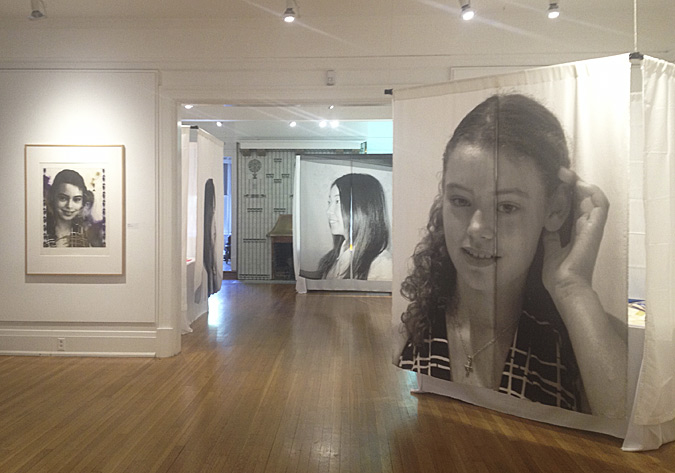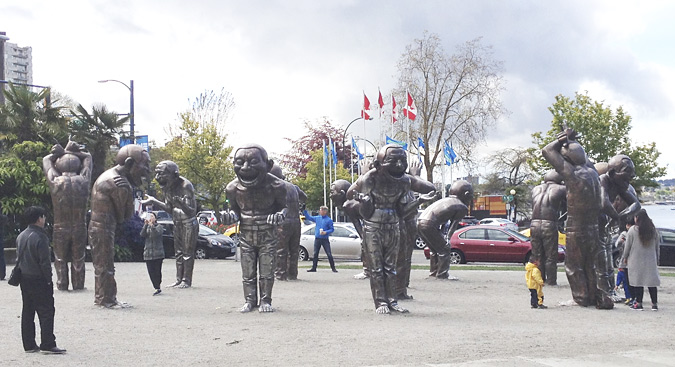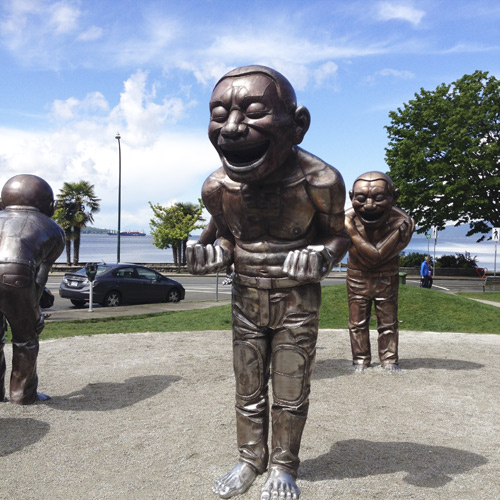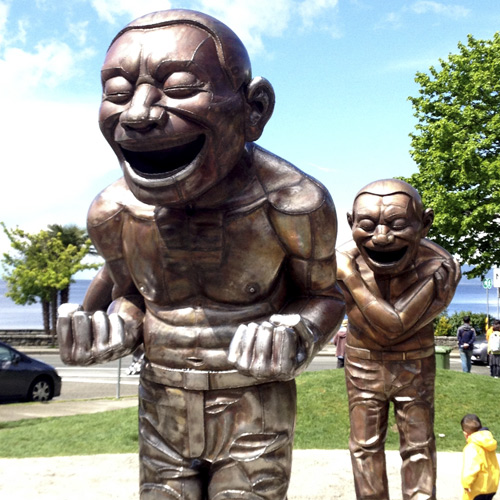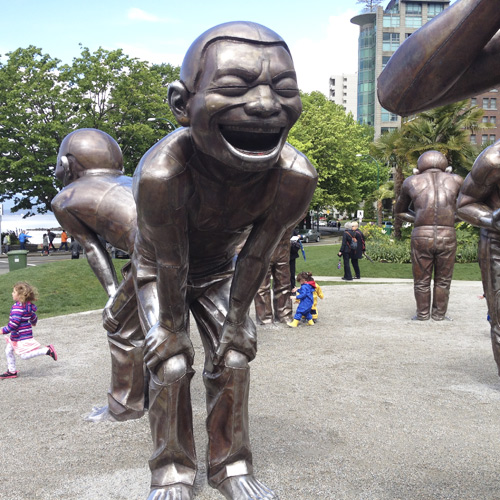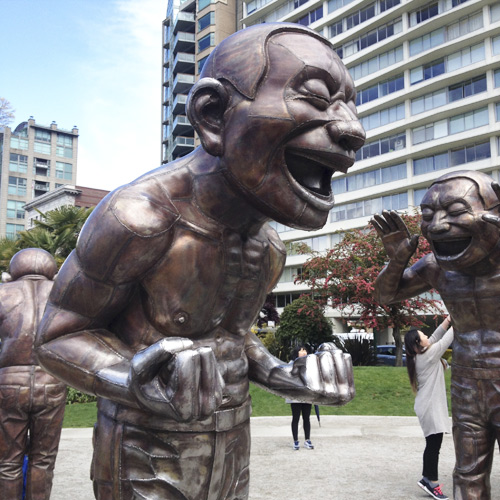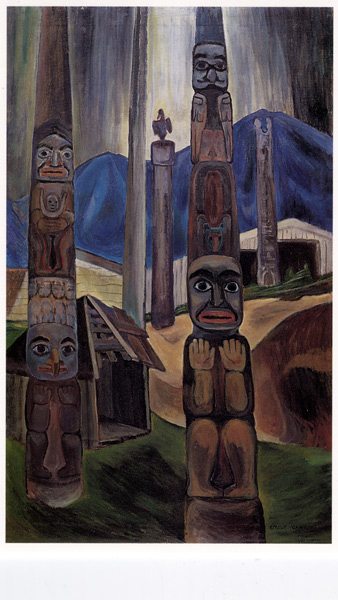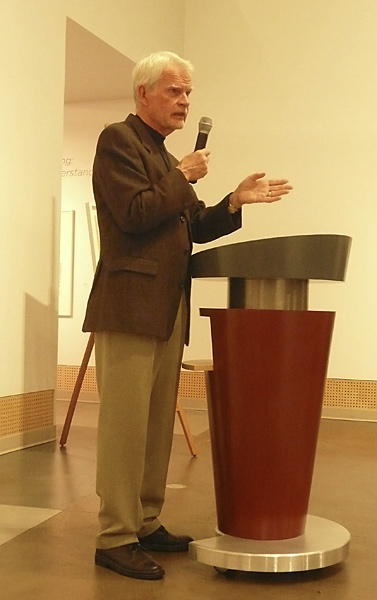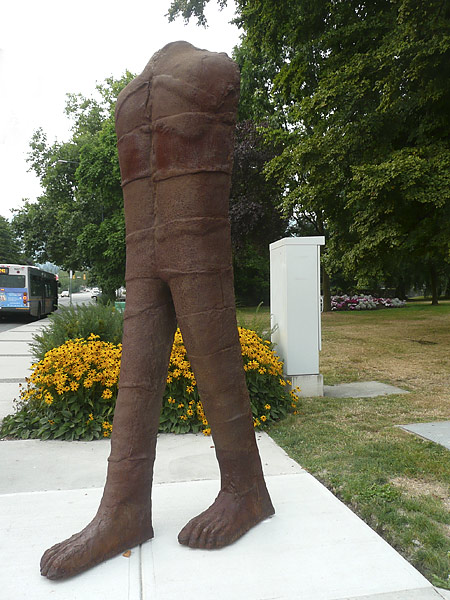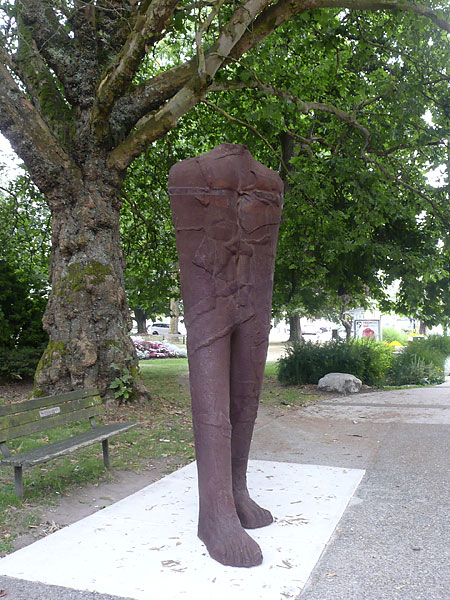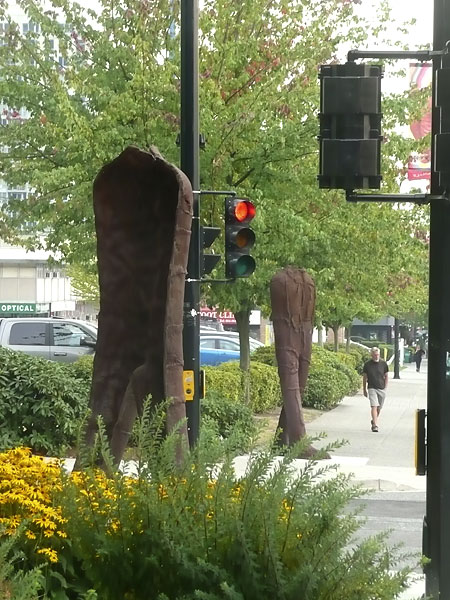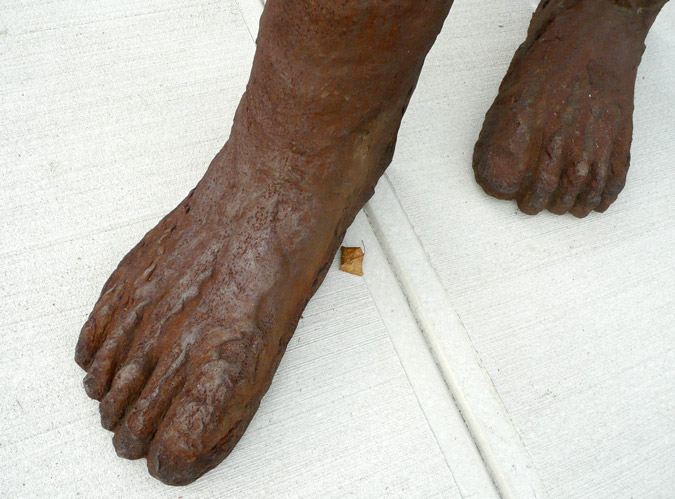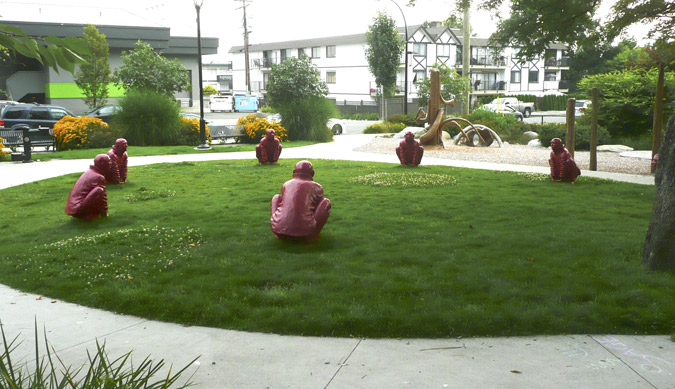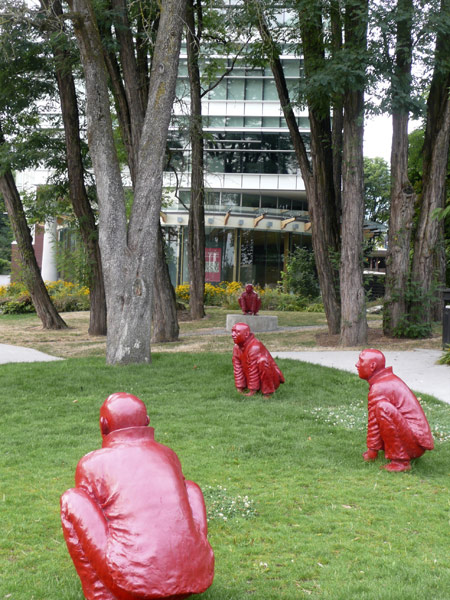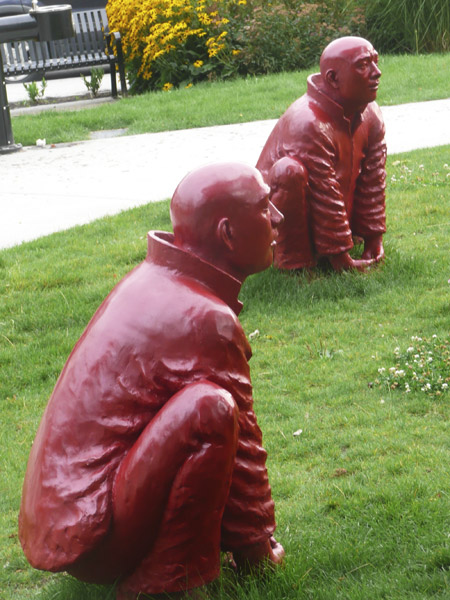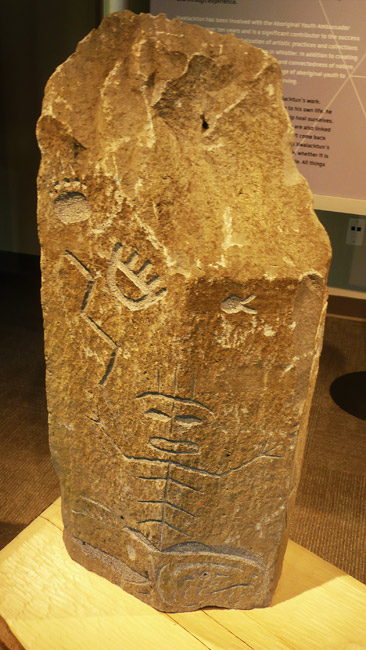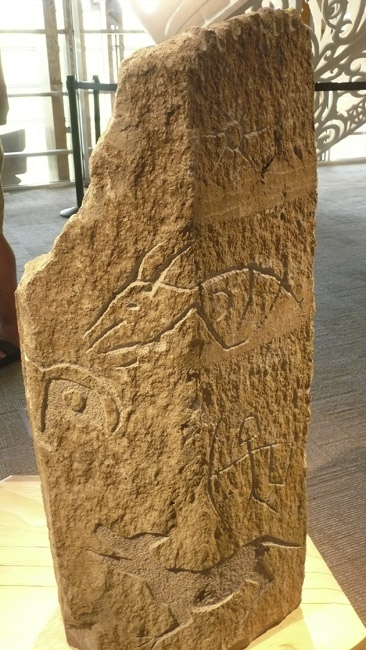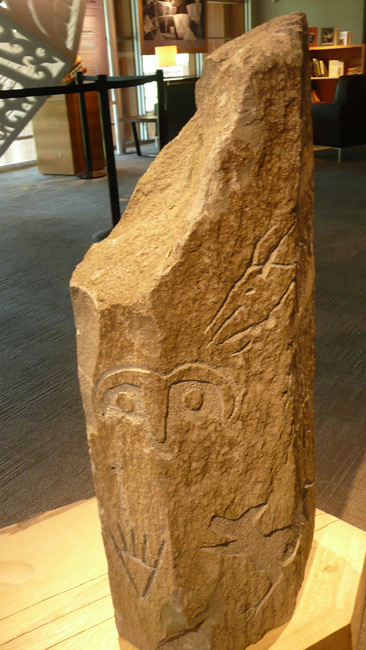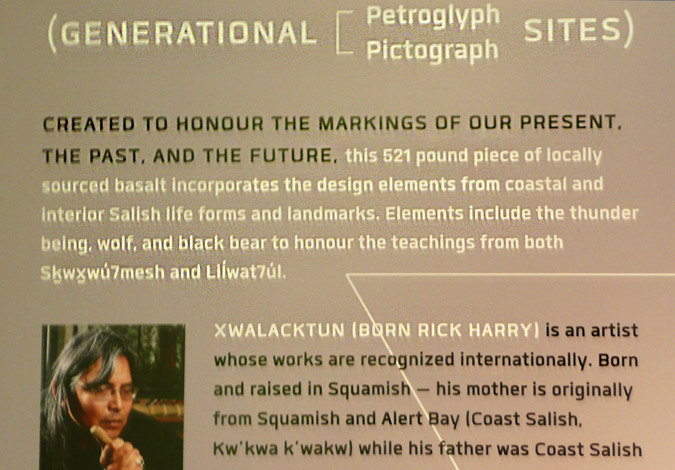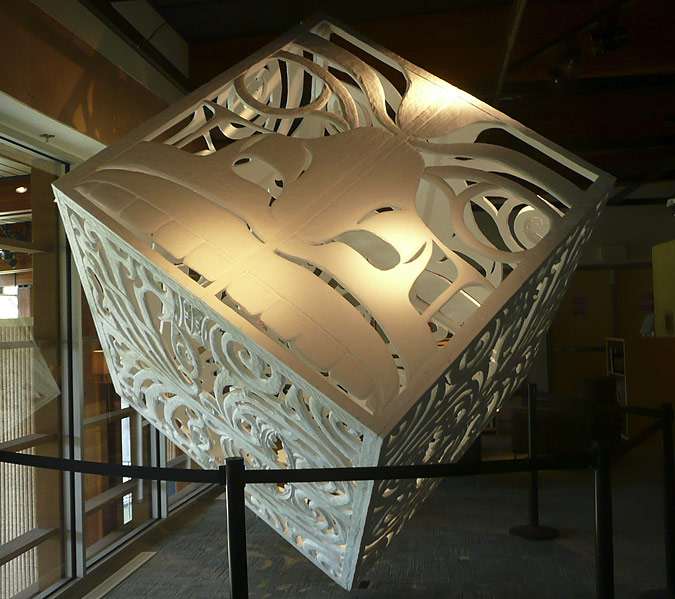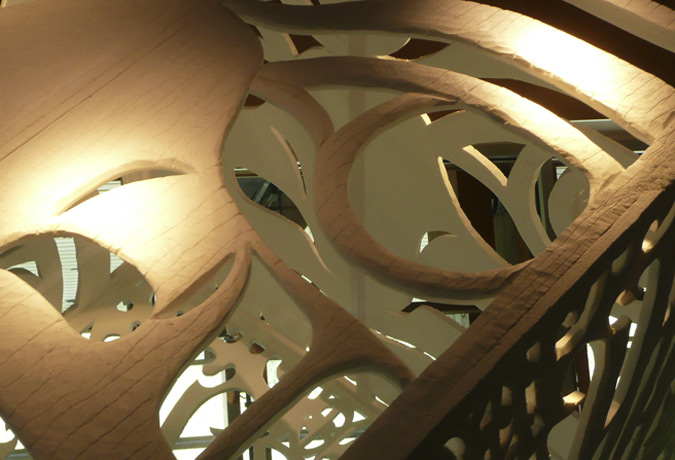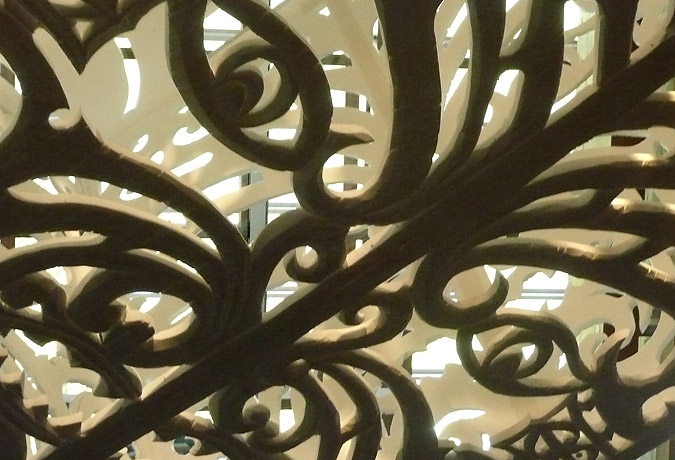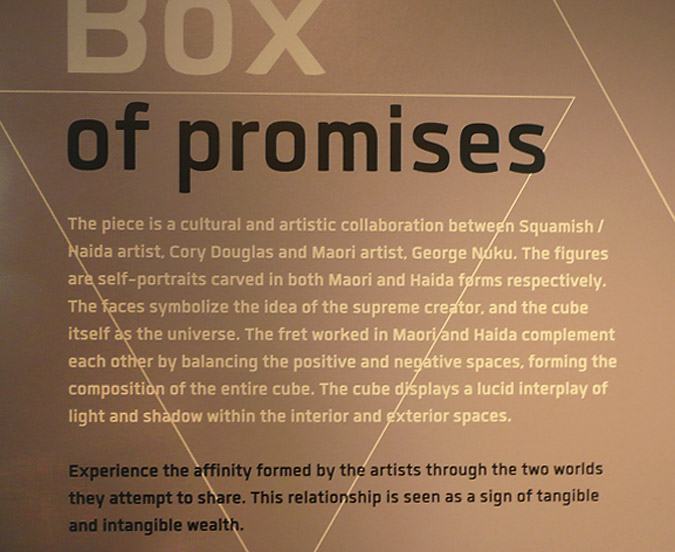Michiko Suzuki: Hope Chests
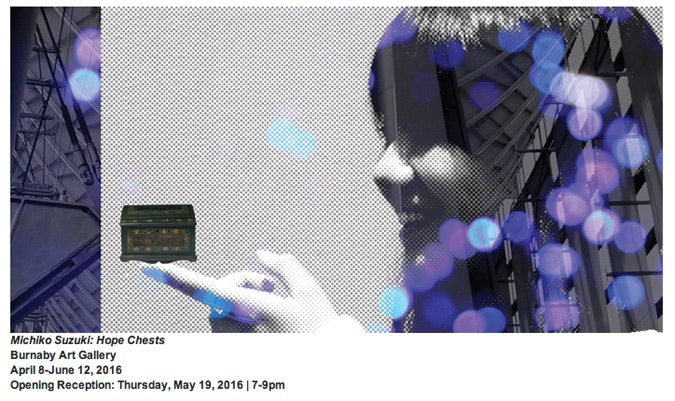
Above image from the Burnaby Art Gallery website
A few days ago we visited an exciting exhibition of mixed media work at the Burnaby Art Gallery, by artist and friend Michiko Suzuki. I really recommend art critic Robin Laurence’s excellent review in The Straight, much better said than I could. We enjoyed the tent-like displays which invited one to step inside to look at the “hope chests”, the framed prints of the girls, and the video. I could not resist purchasing the attractive little catalogue printed by the BAG. Below is one of the better installation shots that I was able to capture with my modest little pocket camera.
We were very sad to have been unable to attend the opening because we had rarely seen old friends from Ontario visiting just on that day! I’m sure many of our mutual artist friends were there, whom I have missed and would have loved to meet. Michiko and I were part of the long-running Art Institute, Printmaking group at Capilano University, which some readers may recall was shut down along with all art programs in 2013. I recall she was working on some of the first pieces in this series back then and told me recently the whole series took her five years. She is one of the hardest working artists I have ever known personally, and one who has exhibited widely. If interested, you may find some of my postings about them here. (Please ignore the other famous Suzuki that comes up in that search.)
